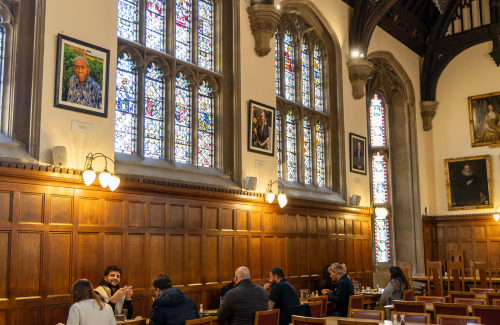More Pembroke news
New research into New Caledonian Crows' abilities to problem solve
NEWS |
Emeritus Fellow Professor Alex Kacelnik and fellow researchers at the University of Oxford and the Max Planck Institute have unveiled new research findings that show that New Caledonian Crows are able to create tools by combining two or more otherwise non-functional elements.
The researchers’ experiment comprised of the birds being presented with an enclosed box of treats, save for an open slot in the side. The birds were also given short hollow and solid cylinders that could be assembled together, such as plungers and barrels from syringes. Footage released by Oxford University shows the crows actively assembling makeshift rods to make a stick long enough to extract the food from inside the box through the open slot. Four of the eight crows managed to construct a rod that was the right length of tool to achieve their food reward.
One bird from the group, named Mango, exhibited exceptional problem solving abilities by assembling compound tools out of three and even four parts, extending the length of her makeshift rod to reach more treats.
It was previously believed that only humans and great apes had the capacity to construct and assemble tools from two or more components.
Professor Alex Kacelnik commented:
“The results corroborate that these crows possess highly flexible abilities that allow them to solve novel problems rapidly, but the results do not show how they do it. It is possible that they use some form of virtual simulation of the problem, as if different potential actions were played in their brains until they figure out a viable solution, and then do it. Similar processes are being modelled on artificial intelligences and implemented in physical robots, as a way to better understand the animals and to discover ways to build machines able to reach autonomous creative solutions to novel problems.”

